(October 19, 2022) A few months ago, scores of women took to the streets across America after the US Supreme Court overturned abortion rights in the country. Almost 50 years after American women’s constitutional right to abortion was recognised, the country’s apex court effectively eliminated the right, allowing states to enforce a ban on abortions.
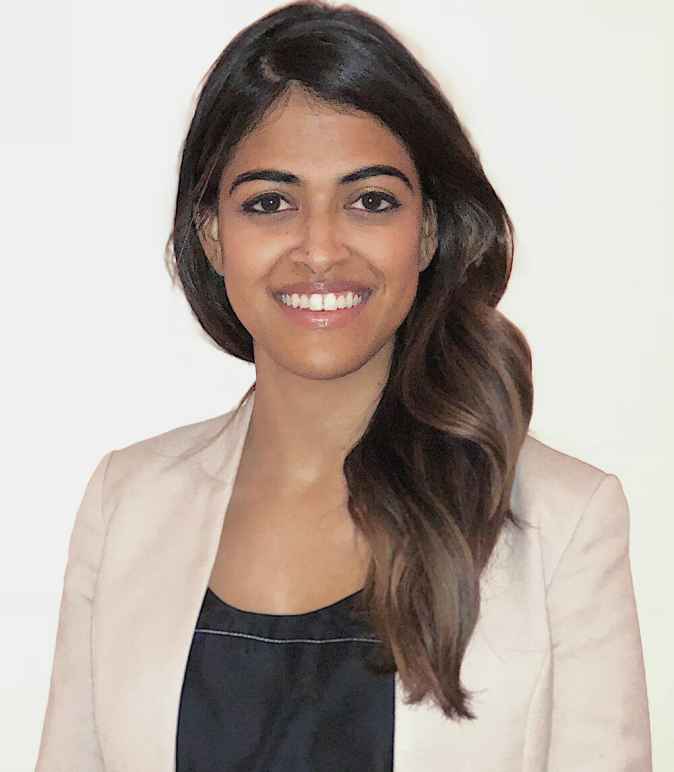
Dr. Meera Shah
Among the ladies who raised their voices against this change in law, was Dr Meera Shah, an Indian-American Chief Medical Officer of New York’s Planned Parenthood Hudson Peconic. An abortion provider who has made it her life’s mission to make safe and legal abortions accessible to her patients, Meera even travels to other states to help women struggling with pregnancy. “When somebody has a positive pregnancy test, our immediate reaction as healthcare providers is to provide them with all the options. Never assume that it’s happy news you are delivering – you always want to mirror your reaction to the patient’s reaction. All options and all choices are valid, and I honour them,” the doctor told American Kahani during an interview.
Despite getting several threats from anti-abortion protestors and pro-life campaigners, Dr. Shah is resolute and passionate about her work. Recently, she even came out with a book ‘You’re The Only One I’ve Told: The Stories Behind Abortion‘, a collection of narratives by women who have had abortions, countered stereotypes about them, or have fought myths that persist around the subject. “People have said that the book has been eye-opening,” she said during an interview, adding, “That in itself is destigmatising — the understanding that even the most basic facts about abortion that have been littered by the anti-abortion movement.” Dr. Shah is also the national medical spokesperson at the Planned Parenthood Federation of America.
Standing for women’s rights
Born to Jain immigrants from India, Dr. Shah was a brilliant kid growing up. In fact, she was so good at academics, that she had many career options after finishing high school. “The options were multiple choice. A, B, and C, doctor, lawyer, engineer: Pick one,” she said to Elle Magazine, adding, “Reading and writing were my first loves. Going to the library or the bookstore was the biggest treat for me – that’s how my parents would reward me for good behaviour.”
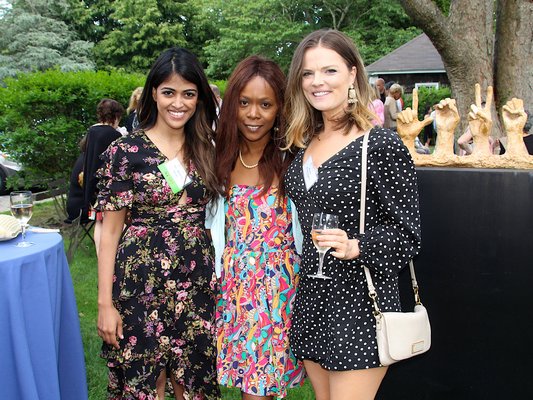
Dr Shah with her friends
Drawn to social justice work, Dr. Shah chose to become a doctor. A Fellow of Physicians for Reproductive Health, Dr. Shah earned a medical degree from the George Washington University School of Medicine and Health Sciences and a Master’s in Public Health from Columbia University. And it was during her residency days that she witnessed the struggle of women who chose to abort their fetuses. “An incredible mentor who is a very vocal activist for abortion access encouraged me to become an advocate for her patients in the day-to-day, as well as on a larger policy front.”
When she first started working as an abortion provider, she struggled to tell people what she did – mostly because of the stigma attached to abortion. However, weeks of self-analysis, and leaning into her faith, Jainism, made her realise that she was helping those who were shunned not just by society, but many times by their own. “Supporting people and helping them exercise their autonomy is ethical, and the right thing to do,” Dr. Shah told Elle.
The secret-keeper
After graduating from medical school, Dr. Shah joined Planned Parenthood, where she specialises in sexual and reproductive healthcare as well as transgenic care for transgender and gender non-binary people. She sees patients from all income levels, cultures, and races, and treats them equally. Listening to their stories of struggle motivated this Global Indian to dedicate her life to changing the narrative around abortion. For many years she hesitated to talk about her work. However, once she opened up, many women approached her with their own stories. “It was like the floodgates opened. I have become a sudden confidante at dinner parties, at rooftop barbecues, at the grocery store, even at jury duty… Being more open about my work helped people be more open about their own abortion stories,” she described in the introduction to her new book, You’re The Only One I’ve Told: The Stories Behind Abortion.
Inspired and moved by the stories of many close friends and acquaintances, Dr. Shah began collecting stories of the survivors, which she later printed as a book. A champion of the reproductive rights of women, an activist, counselor, and advisor, Dr. Shah has described the nuance and richness of each subject’s life, both preceding and following the procedure. “I love to write and I thought this would be one other mechanism for bringing change. Each storyteller was able to edit their story. I sent a draft, and they made changes – because it’s not my story, it’s theirs.”
A board member of Sakhi, a community-based organisation in the New York metropolitan area committed to ending violence against women, Dr. Shah has observed that there is a lot of stigma and shame surrounding abortion in the South Asian community. “There are a lot of cultural nuances that go into somebody’s views on sex and abortion and unintended pregnancy. I see patients who are of South Asian identity all the time, and I am trying to bring this idea closer to the community because we just don’t talk about it very much,” she told American Kahaani.
While much needs to be done for the cause, Dr. Shah is committed to her work. The young doctor is planning to start an advocacy support centre for women – especially of colour – who need any mental, medical or legal support before or after abortions.
- Follow Dr Meera Shah on LinkedIn

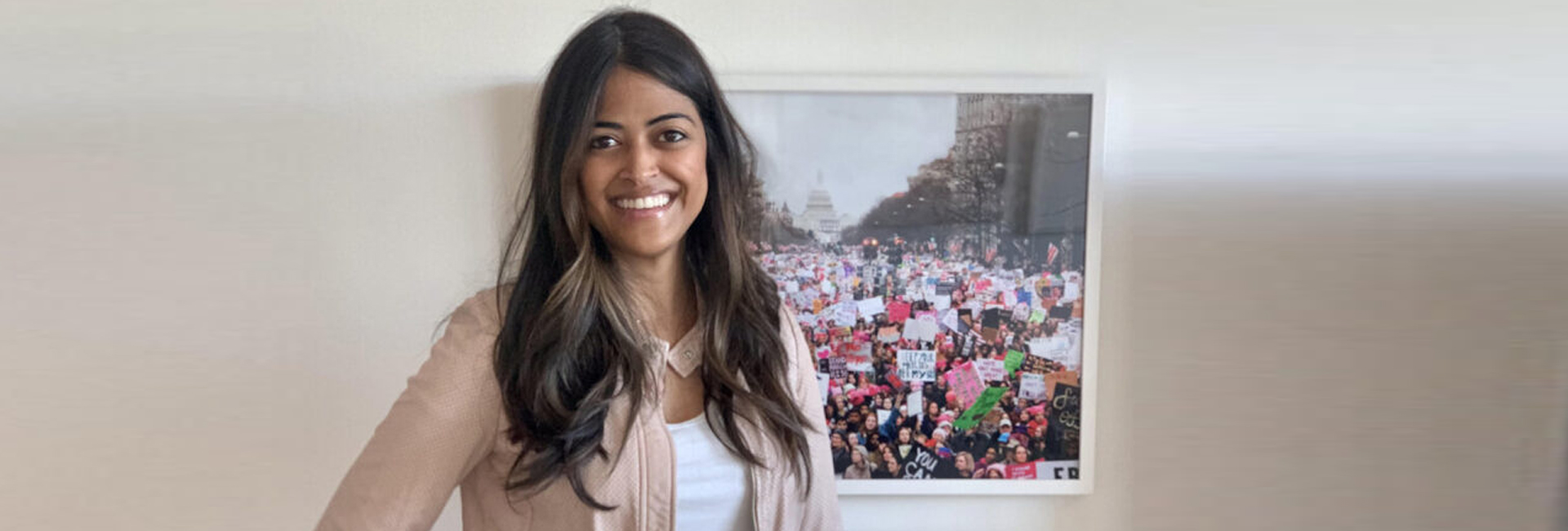
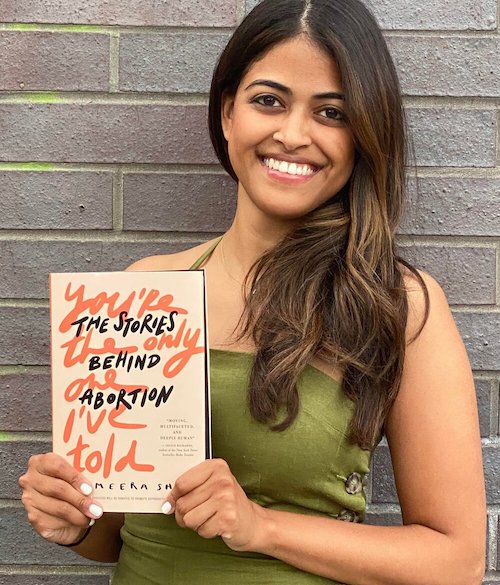
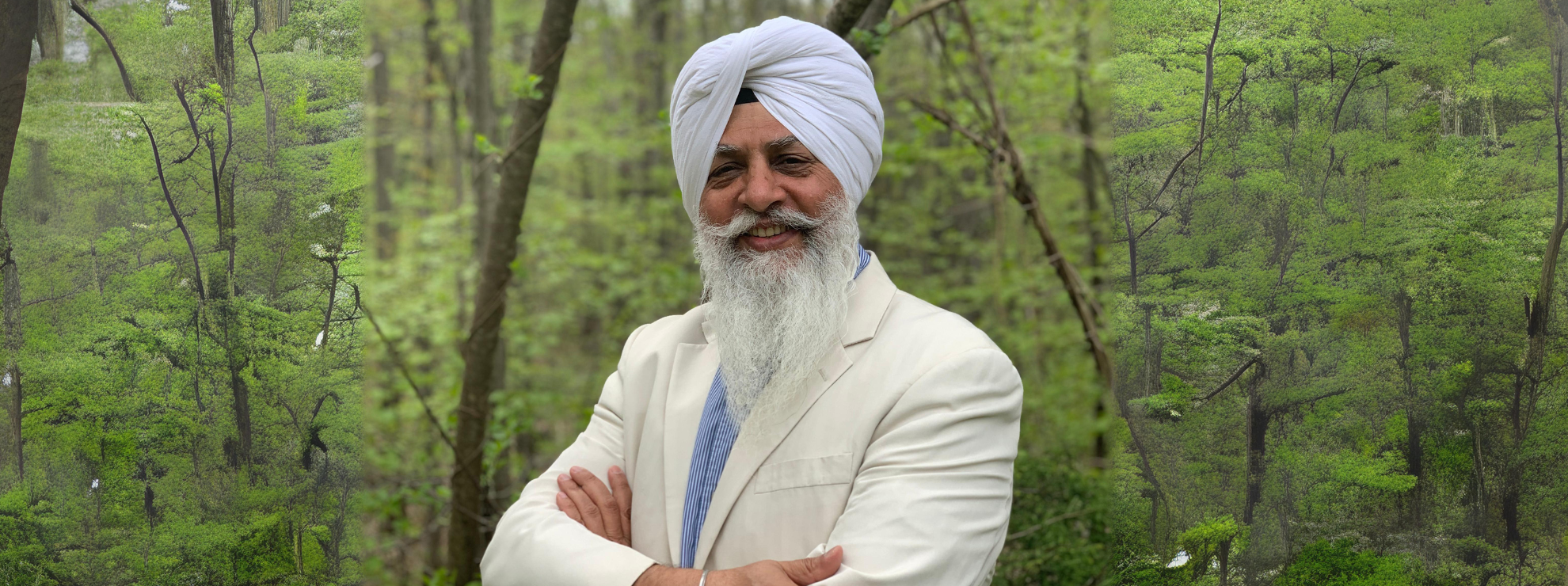


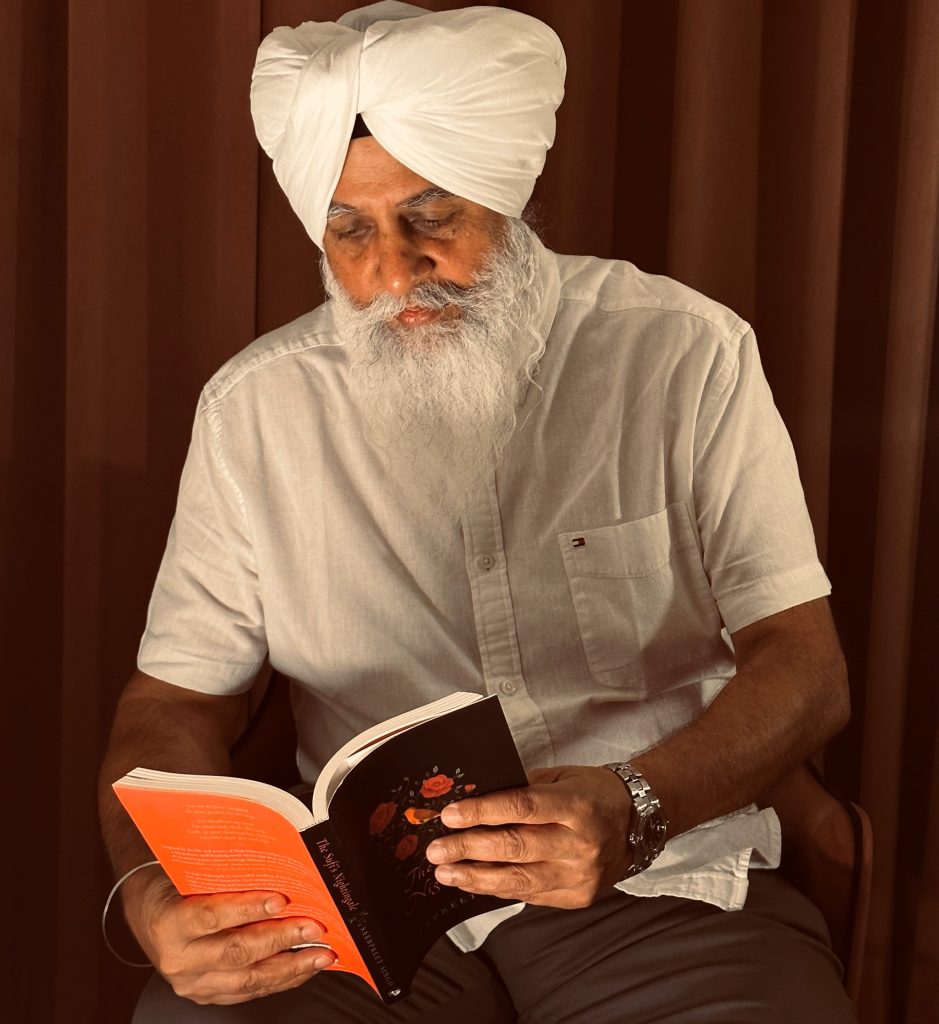
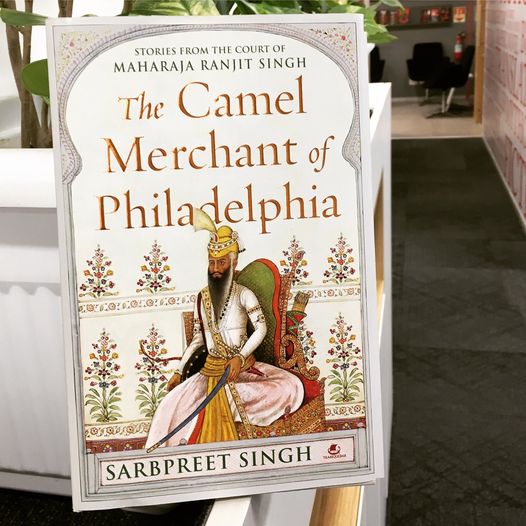

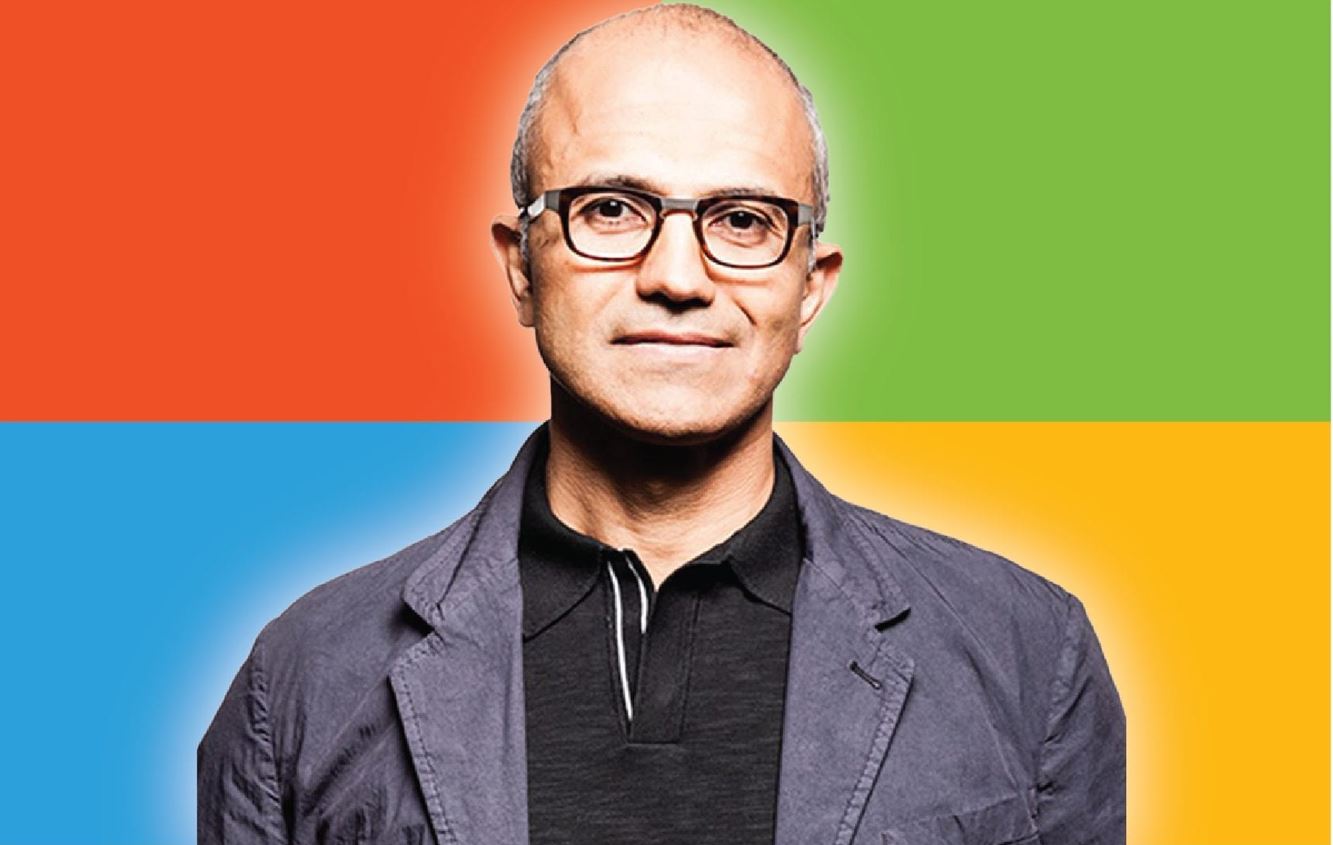 Microsoft CEO Satya Nadella[/caption]
Microsoft CEO Satya Nadella[/caption]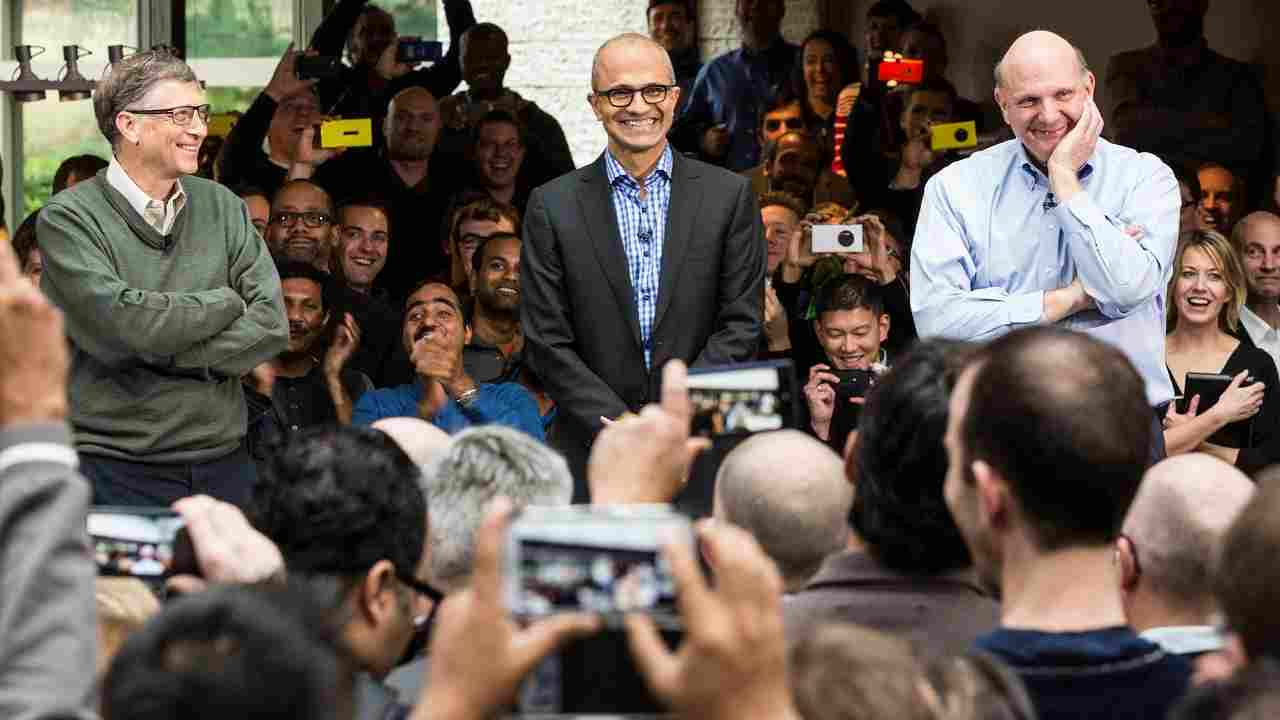 Microsoft past and current CEOs: Bill Gates, Satya Nadella, Steve Ballmer on Nadella’s first day as CEO[/caption]
Microsoft past and current CEOs: Bill Gates, Satya Nadella, Steve Ballmer on Nadella’s first day as CEO[/caption]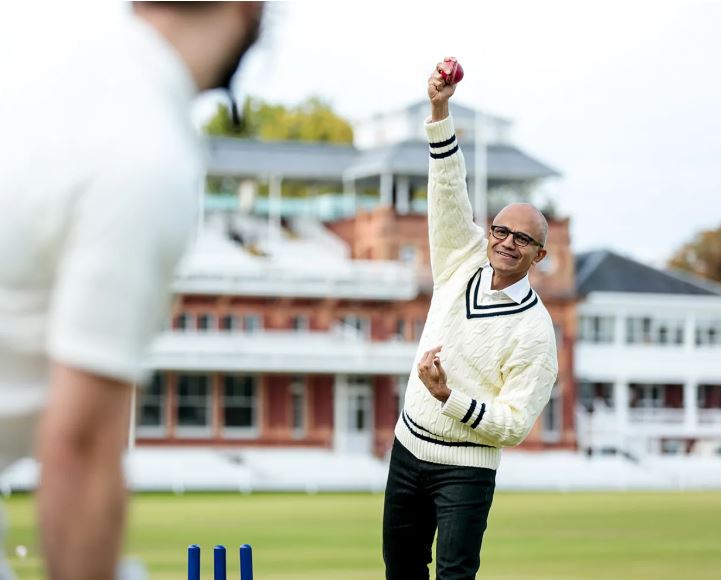 Satya Nadella enjoying the game of cricket[/caption]
Satya Nadella enjoying the game of cricket[/caption]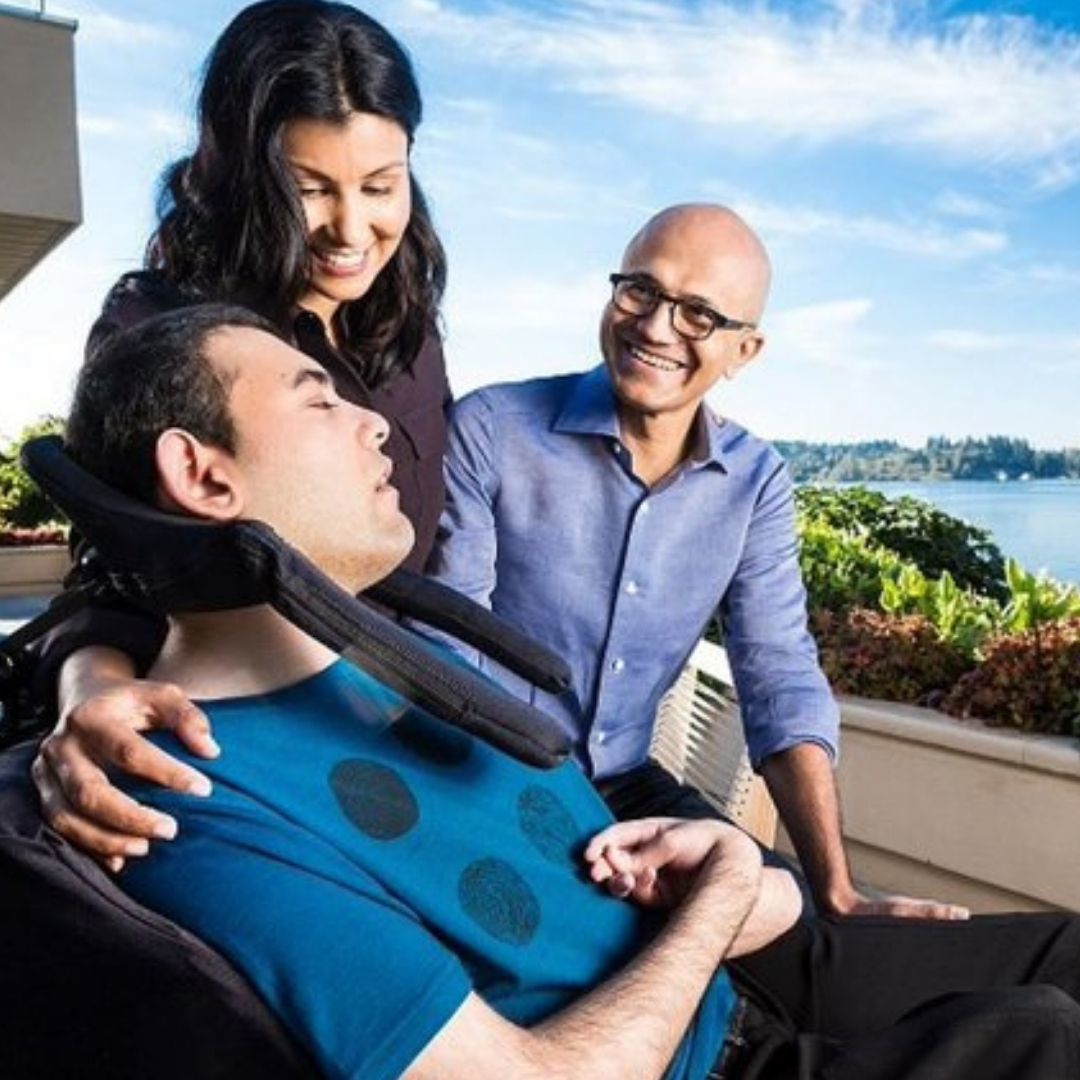 Satya Nadella with his wife, Anu and son, late Zain Nadella[/caption]
Satya Nadella with his wife, Anu and son, late Zain Nadella[/caption]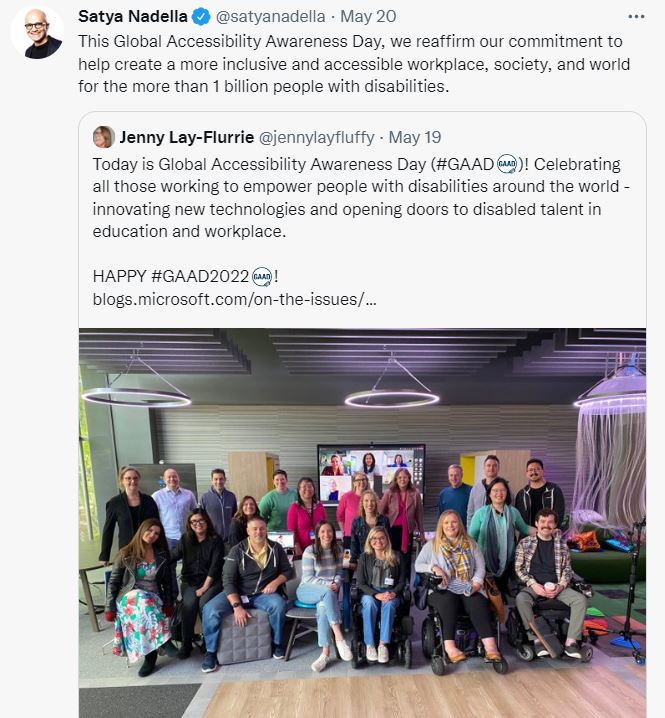
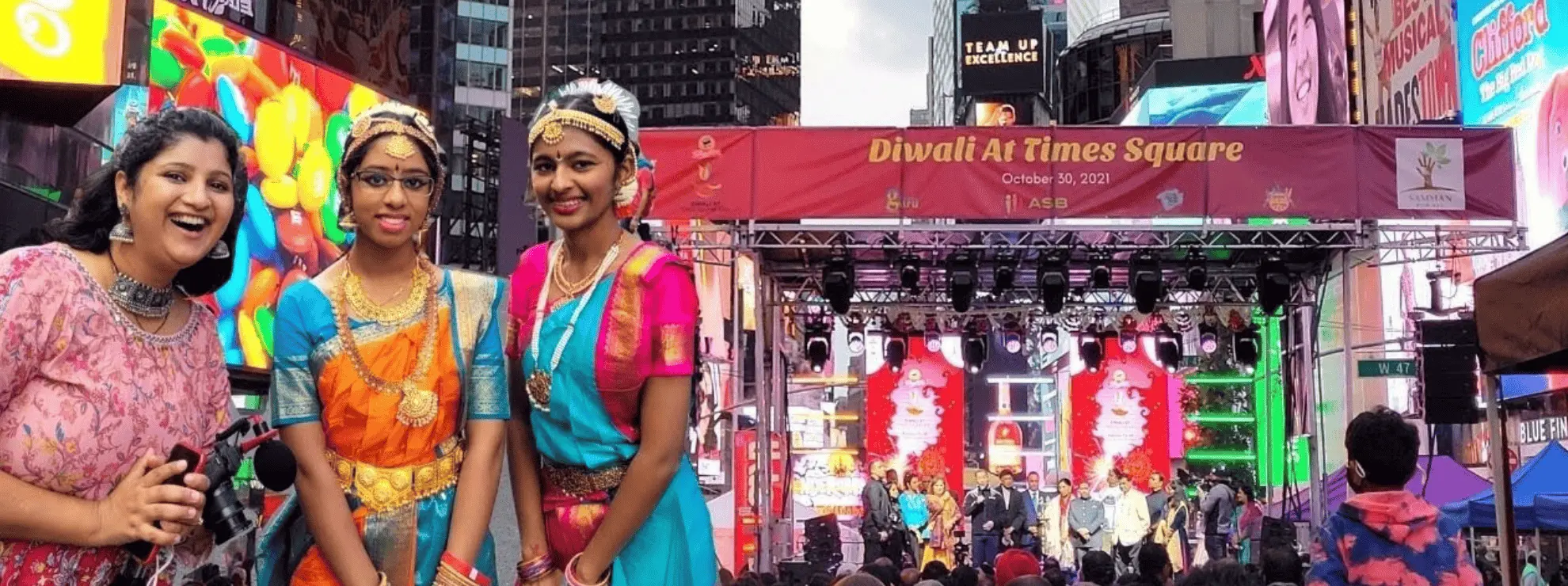
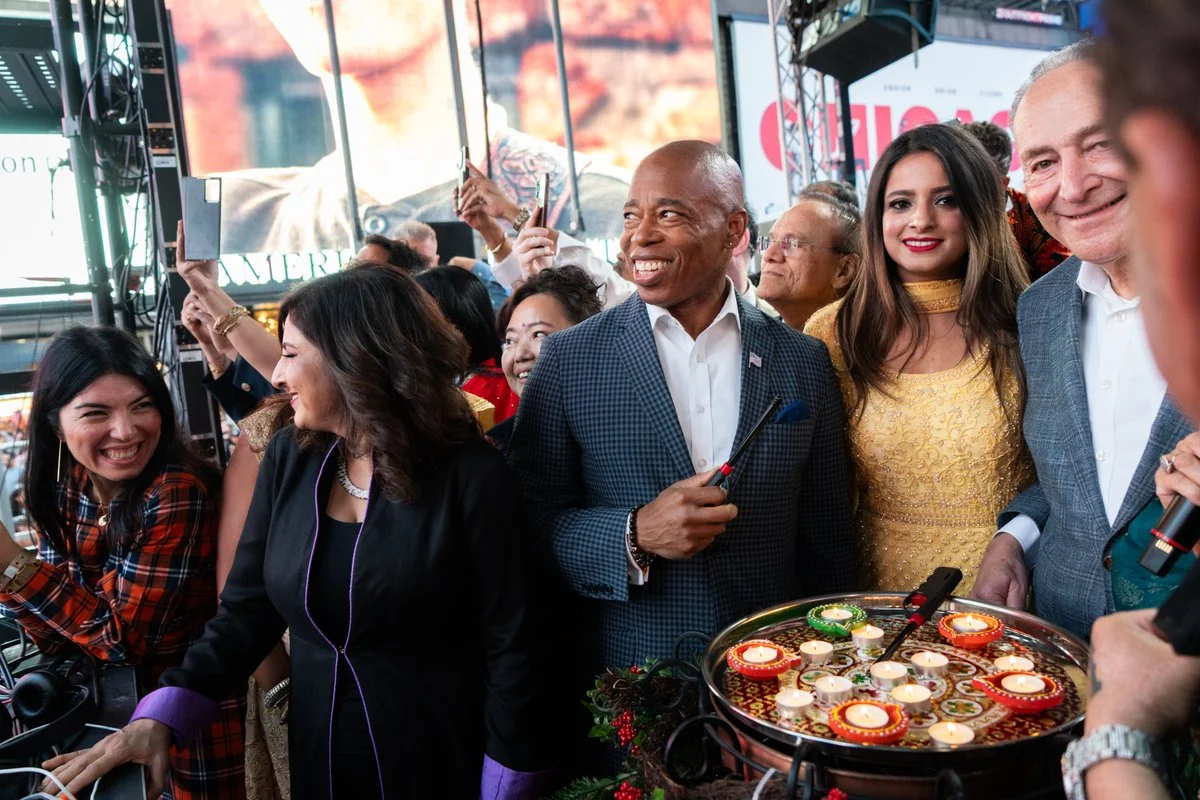 New York Mayor Eric Adams celebrates Diwali with the Indian community[/caption]
New York Mayor Eric Adams celebrates Diwali with the Indian community[/caption]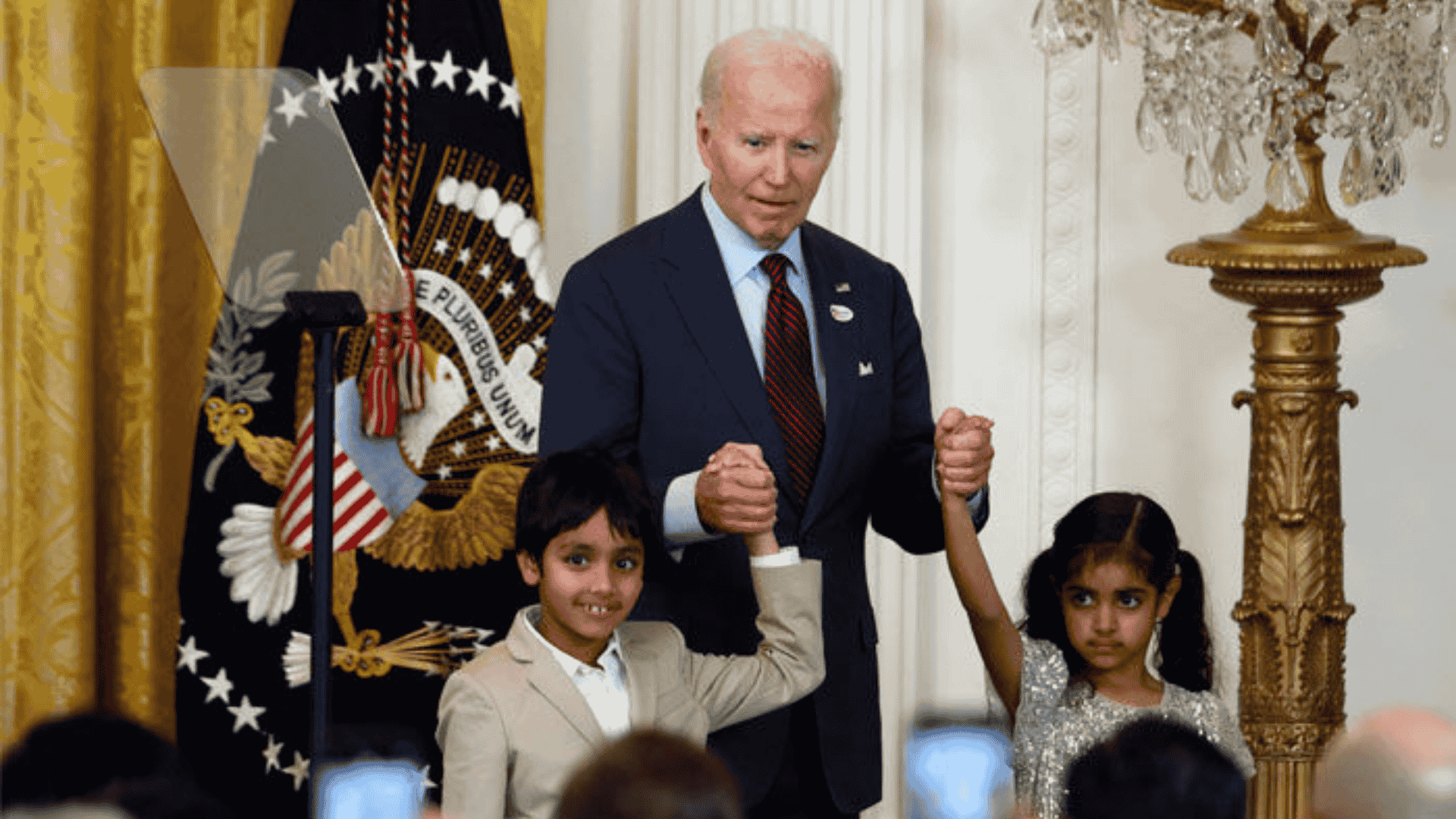 Diwali at the White House[/caption]
Diwali at the White House[/caption]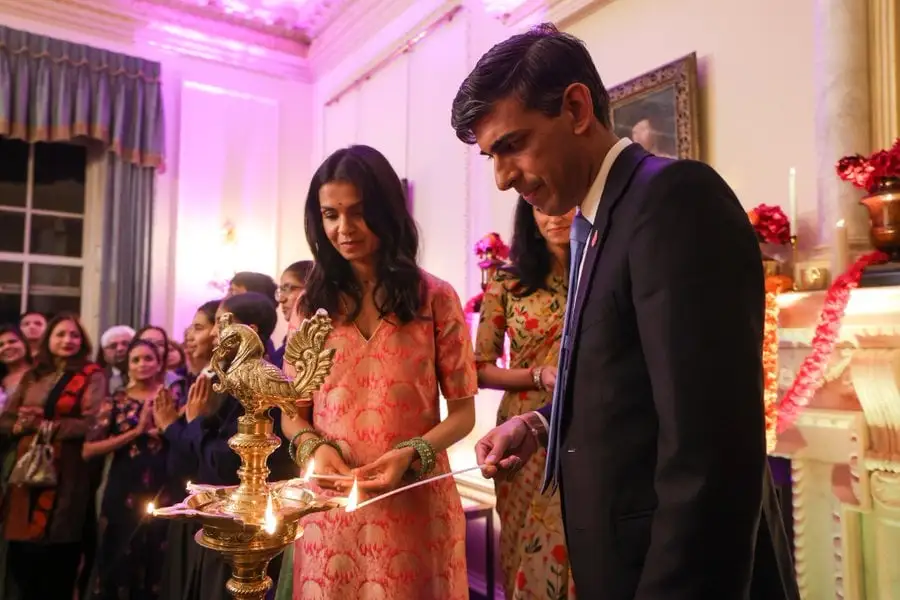 Diwali in 10 Downing Street, with former PM Rishi Sunak[/caption]
Diwali in 10 Downing Street, with former PM Rishi Sunak[/caption] Diwali in Leicester, UK[/caption]
Diwali in Leicester, UK[/caption] Diwali in Dubai[/caption]
Diwali in Dubai[/caption]
 Amanda Sodhi in Coonoor[/caption]
Amanda Sodhi in Coonoor[/caption]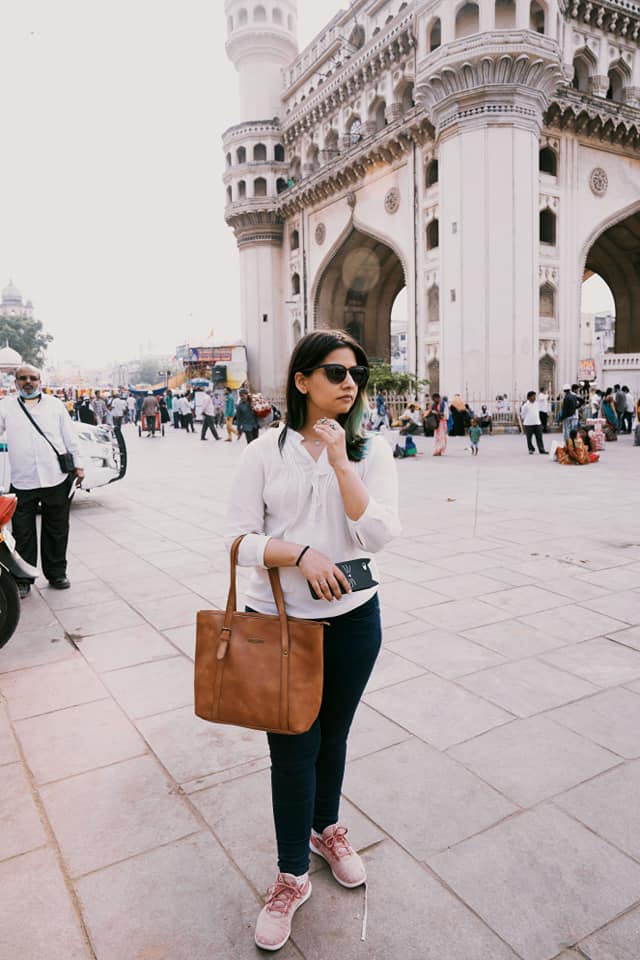 Amanda Sodhi in Hyderabad[/caption]
Amanda Sodhi in Hyderabad[/caption] Amanda Sodhi in Andamans.[/caption]
Amanda Sodhi in Andamans.[/caption]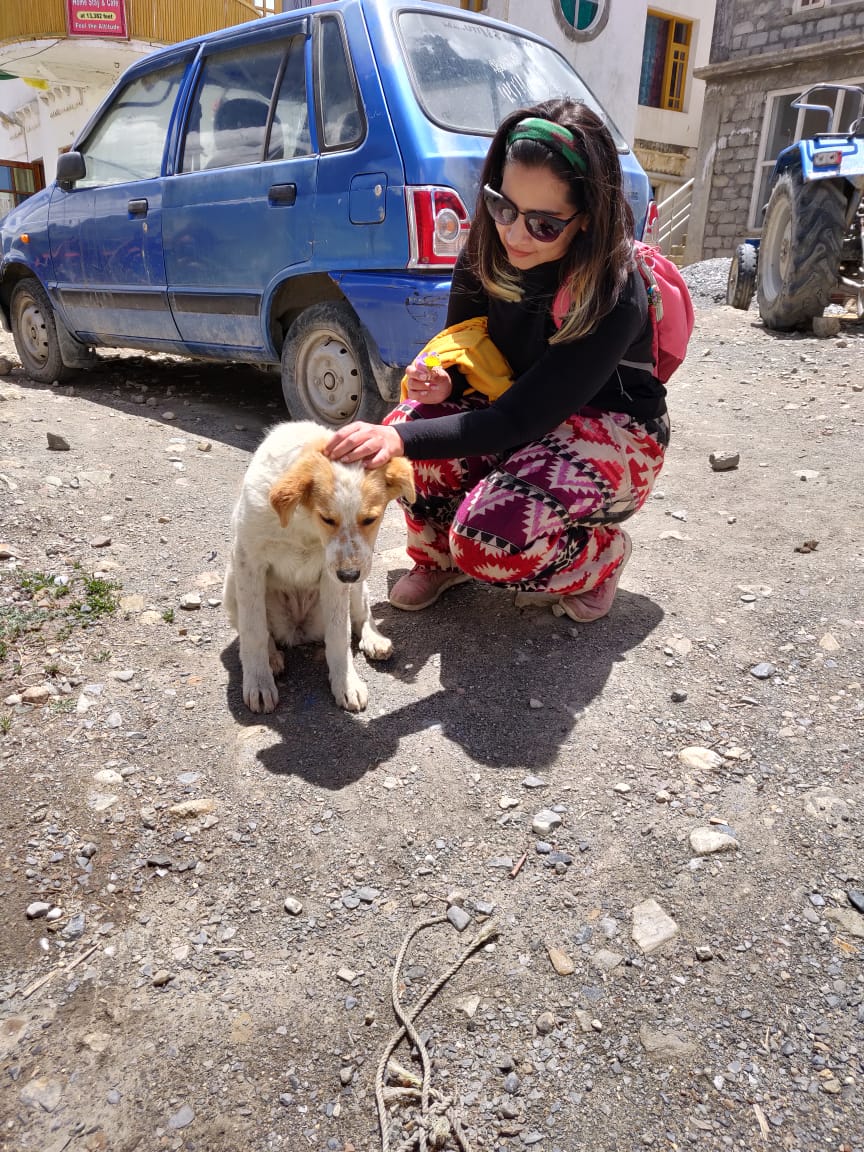 Amanda Sodhi in Spiti[/caption]
Amanda Sodhi in Spiti[/caption]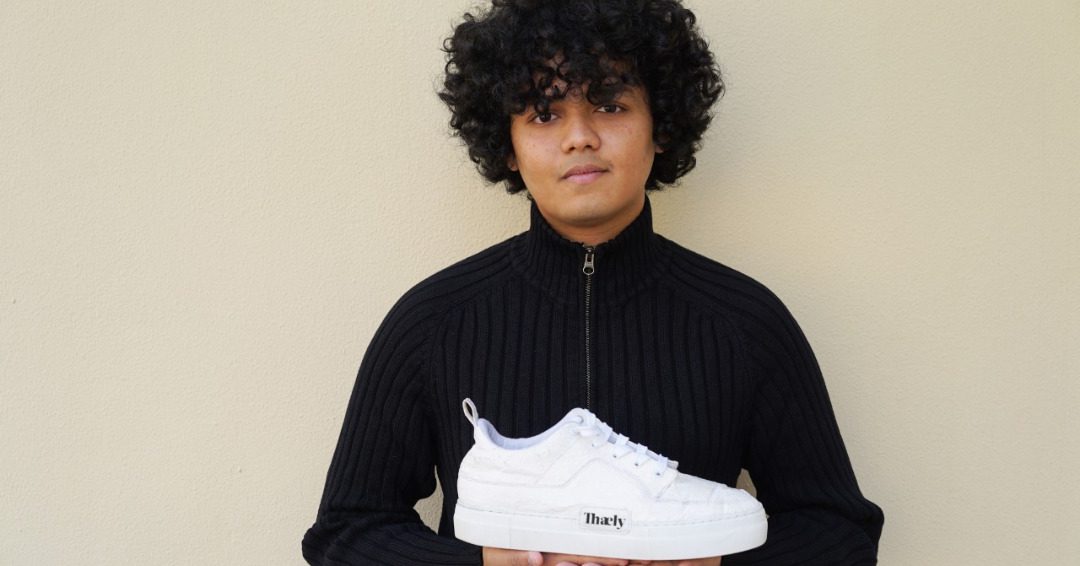
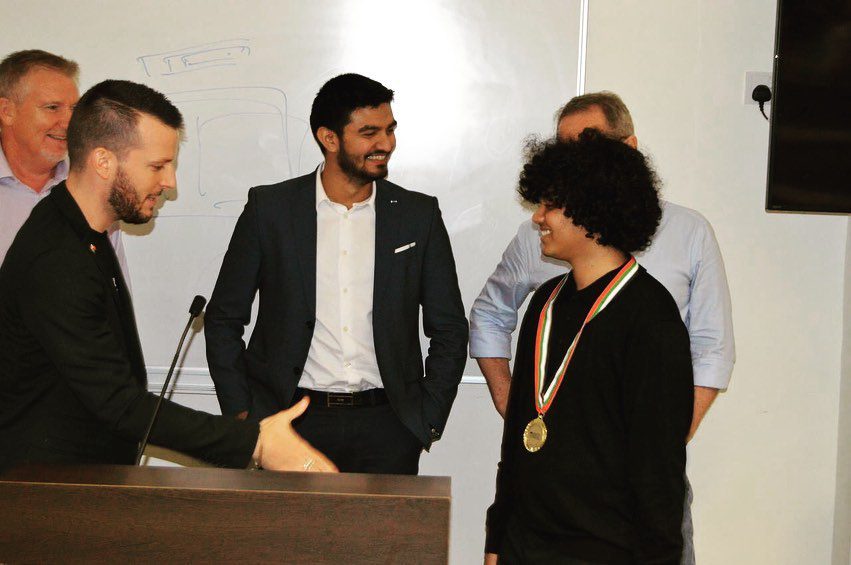 Ashay Bhave[/caption]
Ashay Bhave[/caption] Thaely's vegan sneakers[/caption]
Thaely's vegan sneakers[/caption] Thaely sneakers[/caption]
Thaely sneakers[/caption]
Great post! I enjoyed reading it and learned a lot. Your writing style is engaging and easy to follow, and the information you provided was very helpful. Thank you for sharing your knowledge and expertise on this topic. Keep up the good work.